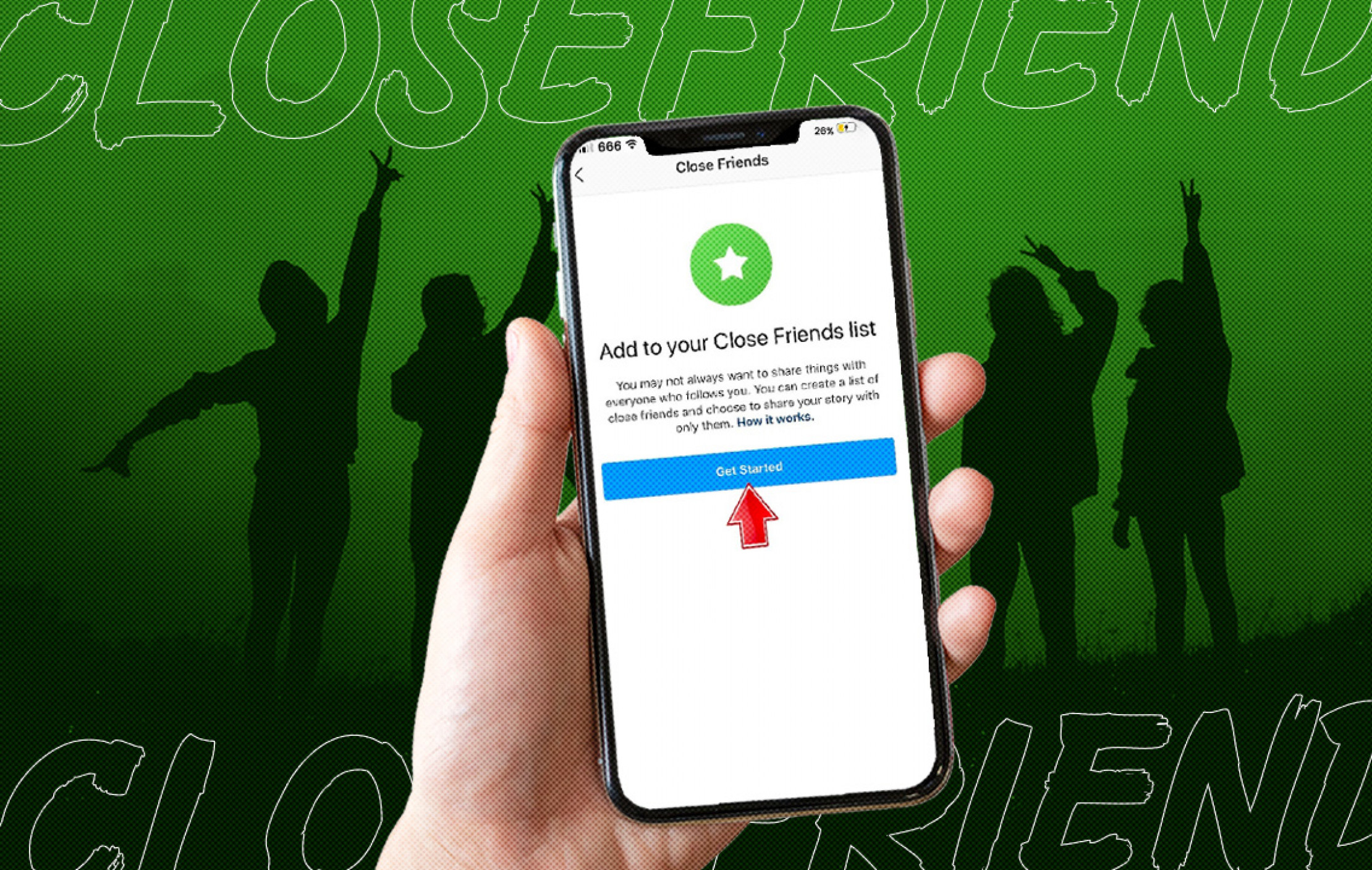Close Friends In the age of social media, the term “close friend” has taken on a new and multifaceted meaning. Traditionally, close friends were those we trusted most, sharing intimate details of our lives in person or through private conversations. Today, the digital world has redefined these bonds, making it possible to cultivate close friendhips across continents through a few taps on a screen.
Platforms like Instagram, Snapchat, and Facebook have even integrated features like “Close Friends” lists, allowing users to curate a select audience for their personal updates. This tool highlights a significant shift in how we view privacy, intimacy, and connection in the digital age.
How Social Media Redefines Close Friendships

The introduction of features like Instagram’s “Close Friends” reshaped the way users interact online. By selecting who sees specific posts or stories, individuals can foster a sense of exclusivity and trust. This feature appeals to users who crave privacy but still want to maintain an active presence on social media.
The curated close friend lists allow users to share vulnerable or lighthearted content without the pressure of broadcasting it to a broader audience. This ability to control visibility creates a new layer of intimacy, as users feel freer to express themselves authentically. For many, it becomes a digital sanctuary where real-life emotions can coexist with the fast-paced nature of online culture.
The Emotional Impact of Close Friends Features
Having a close friends list on social media can provide an emotional boost for both the sharer and the audience. For the user posting content, it creates a space to share personal victories, struggles, or jokes with a handpicked group. This reduces the fear of judgment or oversharing with acquaintances or strangers.
For the audience, being included on a close friend list often carries a sense of privilege. It signals trust and strengthens the bond between individuals. However, it can also create feelings of exclusion for those who realize they aren’t on someone’s list, highlighting the complexities of modern digital relationships.
Balancing Authenticity and Boundaries
While close friends features encourage authenticity, they also require careful boundary setting. The digital realm can blur lines, making it easy to overshare or misinterpret intentions. Striking a balance between openness and privacy is crucial to maintaining healthy relationships, both online and offline.
Users must also be mindful of their own mental health when using these tools. Comparing oneself to others based on who appears on whose close friend list can lead to unnecessary stress or feelings of inadequacy. Recognizing the curated nature of social media is essential for keeping expectations realistic.
Creating and Managing a Close Friends List

Building a close friends list is both an art and a science. Here are some considerations for managing these lists effectively:
- Choose Wisely: Consider who you trust and feel comfortable sharing personal content with. This might include family members, childhood friends, or new acquaintances who’ve earned your trust.
- Keep it Fluid: Relationships evolve, and so should your close friend list. Regularly evaluate who remains on the list based on the current state of your connections.
- Communicate Boundaries: If someone asks why they aren’t included, be honest but tactful. Explain your reasoning without causing offense, emphasizing the personal nature of the list.
Close Friends in the Workplace
Social media’s role in professional environments has grown, making it increasingly important to navigate close friends features carefully in workplace settings. Adding colleagues to your close friends list can foster camaraderie, but it may also blur the lines between personal and professional boundaries.
To strike the right balance, it’s best to be selective about which colleagues you include. Sharing content that reflects positively on your personal and professional image is also advisable. Avoid posting anything that could create misunderstandings or jeopardize your work relationships.
Privacy Concerns and Close Friends Features
While close friends lists offer a semblance of control over digital interactions, they are not without privacy risks. Screenshots, accidental shares, or hacked accounts can expose sensitive content, potentially leading to unintended consequences.
To mitigate these risks:
- Regularly update your passwords and enable two-factor authentication.
- Avoid sharing overly sensitive information, even with close friend.
- Review your close friends list periodically to ensure it remains relevant and secure.
The Psychological Benefits of Close Friendships Online

Close friends lists don’t just enhance social media interactions; they can also provide psychological benefits. Studies have shown that strong social bonds, whether in person or online, contribute latoto to lower stress levels, increased happiness, and better overall health.
The ability to share life updates with a supportive audience can act as a form of digital journaling, helping individuals process emotions and feel validated. This underscores the importance of cultivating meaningful connections in a world that often prioritizes quantity over quality.
Cultural Perspectives on Close Friends Lists
Different cultures approach the concept of close friendships in unique ways, and these perspectives often influence how individuals use social media. In collectivist societies, for instance, close friends lists latoto might include extended family or larger social circles. In more individualistic cultures, the focus might be on a smaller, tightly-knit group.
Understanding these cultural nuances can enhance global digital interactions, fostering greater empathy and appreciation for diverse approaches to friendship and connection.
The Future of Close Friends Features
As technology continues to evolve, so will the tools we use to connect with close friends. Future developments may include more sophisticated privacy controls, AI-powered suggestions for managing lists, or even immersive experiences like virtual reality gatherings for close friend.
These innovations promise to deepen the ways we interact with our inner circles, blurring the lines between digital and real-life connections. However, they also raise questions about how much of our lives we should entrust to technology.
Fostering Meaningful Connections in a Digital World
At its core, the concept of close friends remains unchanged: a group of people with whom we share trust, understanding, and mutual support. Social media features like close friend lists simply provide new tools to nurture these bonds.
By using these tools thoughtfully, individuals can create spaces that reflect their authentic selves while maintaining the privacy and intimacy that close friendships require. In a world dominated by screens, these connections remind us of the enduring value of genuine human relationships.
Read More Article About: Taman Nasional Serengeti: Lebih dari Sekadar Safari, Ini Warisan Dunia!
